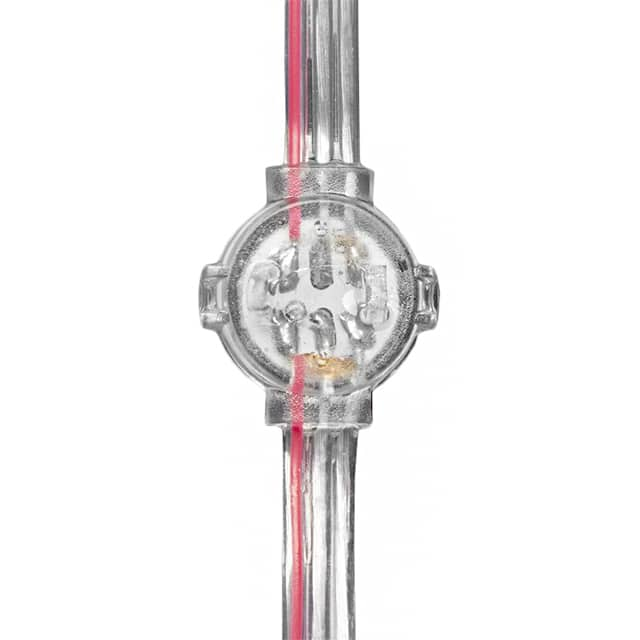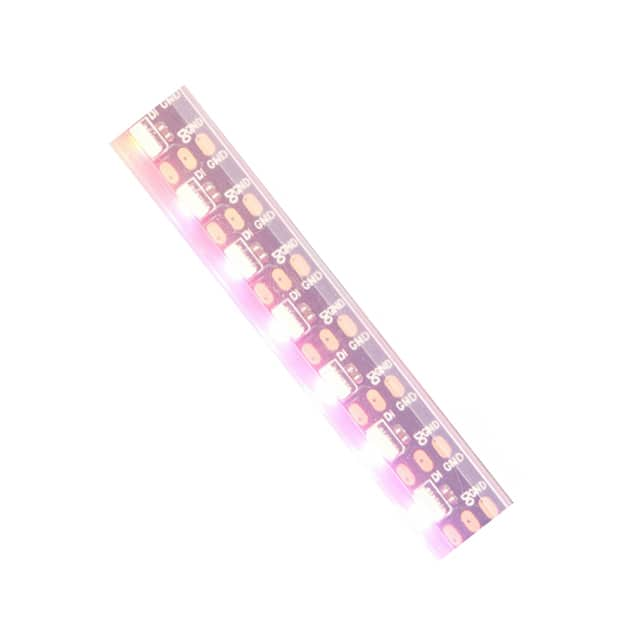Glideforce Series, LED Addressable, Specialty
Results:
2
Manufacturer
Series
Stroke Length
Speed
Operating Temperature
Construction
Ingress Protection
Termination Style
Approval Agency
Voltage - Rated
Type
Accuracy
Load Force (Static)
Feedback Type
Motor Type
Features
Load Force (Dynamic)
Duty Cycle
Acceleration
Gear Reduction Ratio
Results remaining:2
Applied Filters:
Glideforce
About LED Addressable, Specialty
Addressable specialty optoelectronics refer to a diverse range of optoelectronic components that offer unique capabilities and functionalities beyond traditional LEDs. These components are designed to be mounted on surfaces or inserted through holes in circuit boards, and they provide advanced features such as flashing, color changing, and programmability. One notable feature of these optoelectronics is the incorporation of a built-in microcontroller. This microcontroller enhances their functionality by allowing for additional programming and control options. It enables users to customize the behavior and output of the optoelectronic component according to specific requirements or applications. Addressable specialty optoelectronics come in various configurations to suit different needs. These configurations include ring-shaped, disk-shaped, matrix-based, module-based, strip-based, segmented, and discrete forms. Each configuration offers unique advantages and is chosen based on factors like the desired display pattern or mounting requirements. These optoelectronics are also differentiated by factors such as color, controller type, utilized LED technology, and interface options. Color options can range from single-color LEDs to multi-color RGB LEDs, providing flexibility in creating visually appealing displays. The type of microcontroller or controller used within the component can vary, allowing for different programming interfaces and capabilities. Interface options for addressable specialty optoelectronics include I2C (Inter-Integrated Circuit), SPI (Serial Peripheral Interface), UART (Universal Asynchronous Receiver-Transmitter), PWM (Pulse Width Modulation), and serial communication protocols. These interfaces enable seamless integration with various electronic systems and provide convenient control over the optoelectronic's operations. In summary, addressable specialty optoelectronics encompass a wide range of optoelectronic components that offer advanced features and functionalities. They include surface mount and through-hole LEDs with capabilities such as flashing or color changing, along with built-in microcontrollers for additional customization and programming. These components come in different configurations, colors, and interfaces, allowing for versatile applications in areas like lighting, displays, signage, and more.


